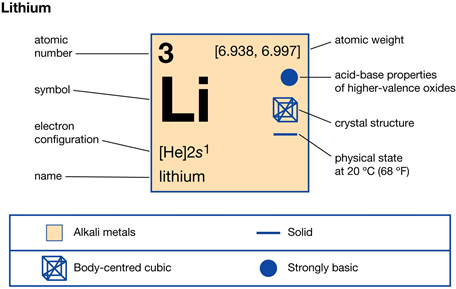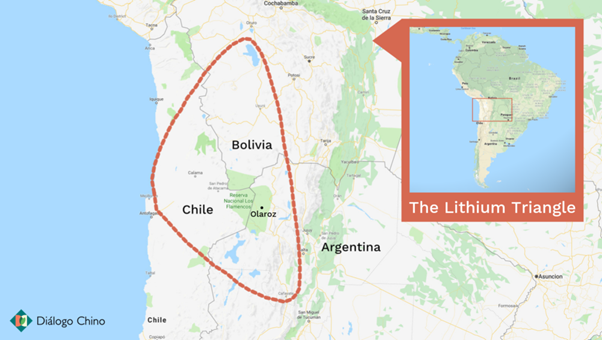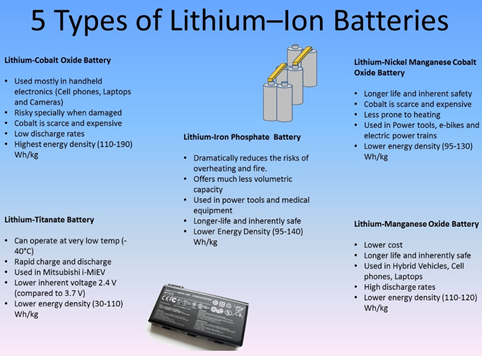Nigeria’s latest lithium find
Context
The recent discovery of ‘high-grade’ lithium in Nigeria has been attracting foreign investors since then.
What is Lithium?
- Lithium is a metallic mineral in very high demand by manufacturing industries.
- This highly reactive metal is used for making energy-dense rechargeable batteries for electronics, such as laptops, cell phones, electric vehicles, and grid storage.
- Lithium and most lithium minerals are mined along with other high-value metallic minerals such as tin, niobium-tantalum (columbite-tantalite) and uranium (in pyrochlore).

What has been found in Nigeria?
- The Geological Agency described the lithium as high grade because what’s been found has between 1-13 per cent oxide content.
- Normally exploration begins at levels as low as 0.4 percent.
What is Grade?
|
Lithium mining around the globe
- Top mining countries: Three countries, Australia (40,000 tonnes), Chile (20,600 tonnes) and China (14,000 tonnes) mine about 86 per cent of the world’s lithium.
- Others are Argentina (6,200 tonnes), Brazil (1,900 tonnes), Zimbabwe (1,200 tonnes), USA (900 tonnes) and Portugal (900 tonnes).

- Others are Argentina (6,200 tonnes), Brazil (1,900 tonnes), Zimbabwe (1,200 tonnes), USA (900 tonnes) and Portugal (900 tonnes).
- Importer: The largest importers of lithium are South Korea, China, Japan, US and Belgium.
- India: India currently imports lithium for its needs with a tiny 1600 tonne reserve which was found last year in Mandya, Karnataka.
|
Lithium and most lithium minerals are mined along with other high-value metallic minerals such as tin, niobium-tantalum (columbite-tantalite) and uranium (in pyrochlore). |
Lithium-ion batteries
- Lithium-ion batteries are used in mobile phones, computers, electronics, energy storage systems and electric vehicles.
- They are likely to dominate the lithium market over the next decades.
- However, there are many different types of lithium-ion battery for different applications.

Different type of batteriesLithium-ion batteries are generally more expensive but have better performance and are becoming the preferred technology. The different types are:
|


